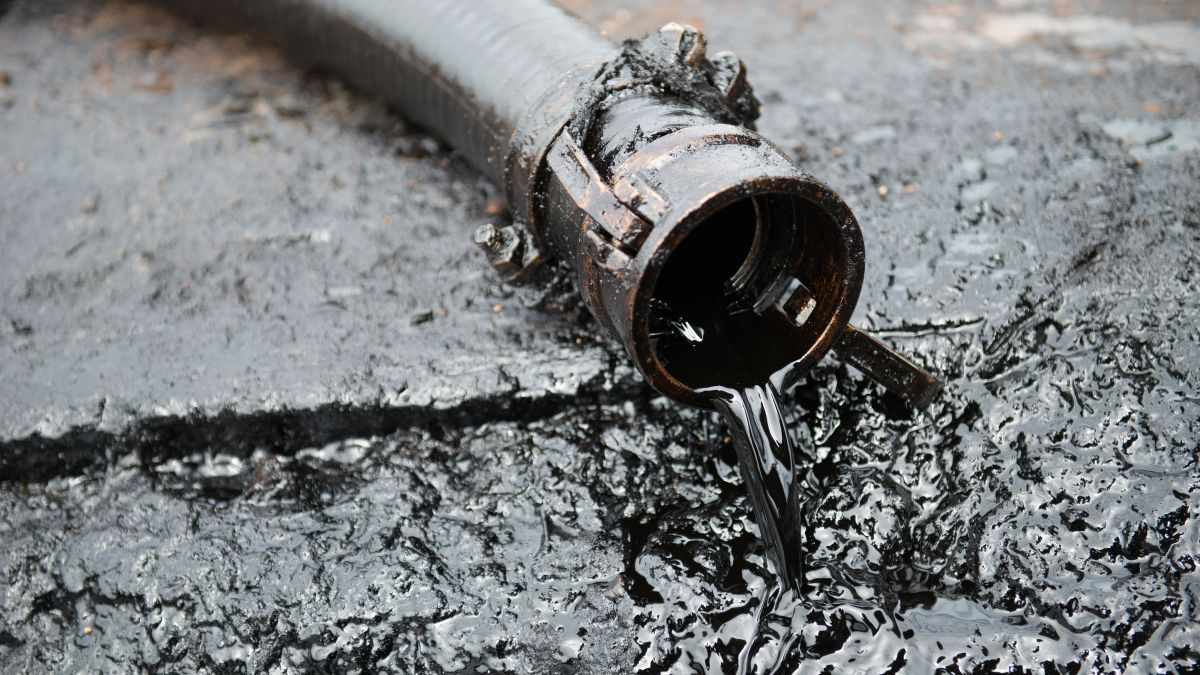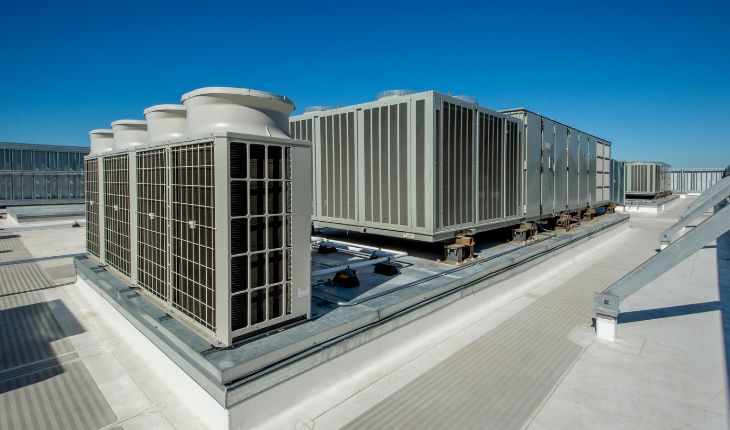
India is one of the world’s largest producers and consumers of vaccines. The India vaccine market size plays a pivotal role not only in meeting the domestic demand for immunization but also in global health efforts. With a large population, growing healthcare infrastructure, and increasing awareness about health, India has become a key player in the global vaccine market. In this blog, we will explore the current trends, drivers of growth, challenges, and the future outlook for the India vaccine market, offering insights into its potential for growth and its role in both domestic and global health.
What is the India Vaccine Market?
The India vaccine market refers to the production, distribution, and consumption of vaccines within the country. Vaccines are essential for preventing infectious diseases and protecting public health. India is home to some of the world’s largest vaccine manufacturers, which supply vaccines not only for domestic use but also for export to various countries. The Indian government has played a crucial role in the national immunization program, ensuring access to vaccines for its vast population, especially in rural and underserved areas.
The India vaccine market includes vaccines for a variety of diseases, such as polio, tuberculosis, hepatitis, influenza, and, more recently, COVID-19. With increasing health concerns and a rising focus on preventive healthcare, the demand for vaccines in India is growing rapidly.
Key Drivers of Growth in the India Vaccine Market
1. Government Initiatives and Immunization Programs
National Immunization Program: India’s government has implemented robust vaccination campaigns aimed at reducing the prevalence of vaccine-preventable diseases. Initiatives like the Universal Immunization Program (UIP) aim to provide free vaccines to children across the country, driving steady demand for vaccines.
Global health goals: India’s commitment to achieving Sustainable Development Goals (SDGs), particularly those related to health, has further driven vaccine availability. India is working towards increasing vaccine access, especially in rural areas, where healthcare infrastructure can sometimes be lacking.
2. Rapid Growth in Healthcare Infrastructure
Expanding healthcare access: As India’s healthcare system expands, the demand for vaccines has increased. More hospitals, clinics, and medical centers are being built across the country, increasing the availability and accessibility of immunization services.
Public-private partnerships: Collaborations between the government and private vaccine manufacturers, such as Serum Institute of India and Bharat Biotech, have made vaccines more readily available. These partnerships have helped in scaling up production capacity and distribution networks.
3. Rising Health Awareness Among Consumers
Increased awareness: Health awareness in India has surged, particularly after the COVID-19 pandemic. The public now better understands the importance of vaccination for protecting not just individuals but entire communities.
Preventive healthcare: With the rise in lifestyle diseases and infections, more individuals are focusing on preventive healthcare measures, including vaccination. This shift in mindset has increased the adoption of vaccines for diseases like influenza, hepatitis, and pneumonia.
4. India’s Role in the Global Vaccine Supply Chain
Vaccine manufacturing: India is a global hub for vaccine production, supplying vaccines to countries across the world. Indian vaccine manufacturers like Serum Institute of India, Bharat Biotech, and Cadila Healthcare are recognized as leaders in the global vaccine market. This manufacturing capability boosts the overall growth of the vaccine industry in India.
Exports: India exports a substantial portion of its vaccine production to global markets, particularly through the Global Alliance for Vaccines and Immunization (GAVI). India’s position as the “pharmacy of the world” ensures that demand for vaccines remains high, both domestically and internationally.
Key Trends in the India Vaccine Market
1. COVID-19 Vaccine Development and Distribution
Emergency response: The COVID-19 pandemic highlighted India’s strength in vaccine manufacturing and distribution. India developed and distributed several COVID-19 vaccines, including Covaxin by Bharat Biotech and Covishield by Serum Institute. These vaccines were pivotal in India’s efforts to curb the spread of COVID-19.
Ongoing vaccination drives: Despite initial challenges, India successfully vaccinated hundreds of millions of people, positioning itself as a leader in global vaccine distribution. India’s role in global vaccine diplomacy continues to be a key trend, with a focus on vaccine equity and access.
2. Expansion of Vaccine Types
Adult vaccinations: There is a growing emphasis on adult immunization in India. Vaccines for diseases such as pneumonia, influenza, HPV, and hepatitis are gaining popularity as awareness about non-childhood immunization grows.
Combination vaccines: The demand for combination vaccines, which offer protection against multiple diseases in one shot, is increasing. These vaccines offer convenience, reduce the number of visits to healthcare providers, and improve vaccination rates.
3. Innovation in Vaccine Technologies
Vaccine research and development: India is investing heavily in the research and development of new vaccines. Innovations in biotechnology, such as mRNA vaccines and DNA vaccines, are expected to play an increasing role in the future of India’s vaccine market.
Cold chain innovations: Vaccines often require cold storage, and advances in cold chain technologies are enhancing India’s ability to distribute vaccines to even the most remote regions. This includes portable refrigeration units, improved vaccine packaging, and better logistics networks.
Challenges in the India Vaccine Market
1. Vaccine Hesitancy and Public Perception
Misinformation: Vaccine hesitancy remains a significant challenge, with some sections of the population reluctant to get vaccinated due to misinformation, fear, and misconceptions about vaccine safety.
Education and outreach: Overcoming vaccine hesitancy requires increased education and awareness efforts, targeting communities that may be skeptical or unaware of the importance of vaccination.
2. Affordability and Accessibility
Cost of vaccines: While vaccines are largely subsidized through government programs, the cost of some vaccines, especially for adults, can be a barrier for certain segments of the population. Ensuring affordable access to vaccines for all income groups remains a challenge.
Distribution in rural areas: Although India has made significant strides in improving healthcare infrastructure, rural areas still face challenges in terms of access to healthcare services, including vaccines.
Future Outlook of the India Vaccine Market
The India vaccine market is expected to continue growing rapidly, driven by the increasing demand for preventive healthcare, growing awareness, and technological advancements. India’s vaccine production capacity and expertise position it well to remain a global leader in vaccine manufacturing. In the coming years, the market will likely see further innovations in vaccine technology, improved accessibility, and a greater focus on adult immunization.
Key trends shaping the future of the market include:
Expanding vaccine coverage: Efforts to expand vaccine coverage to all age groups, including the elderly and adults, will drive demand for a wider range of vaccines.
Technological advancements: Innovations in vaccine development, including mRNA technology and better delivery methods, will contribute to the market’s growth.
Global vaccine leadership: India will continue to play a significant role in global vaccine distribution, contributing to global health efforts and vaccine equity.
FAQ Section
1. How big is the vaccine market in India?
The India vaccine market is substantial, driven by both domestic consumption and exports. India is the largest producer of vaccines globally, and its vaccine market continues to grow with increasing demand for both childhood and adult immunizations.
2. What vaccines are commonly used in India?
Commonly used vaccines in India include those for polio, tuberculosis (BCG), hepatitis, influenza, typhoid, and recently, COVID-19. The Universal Immunization Program (UIP) provides many vaccines free of cost to children in India.
3. What are the challenges faced by the India vaccine market?
Challenges include vaccine hesitancy, misinformation, affordability, and accessibility, particularly in rural areas. There is also the need to improve healthcare infrastructure to support the widespread distribution of vaccines.
4. How has COVID-19 impacted the India vaccine market?
The COVID-19 pandemic has accelerated the growth of India’s vaccine market. India played a crucial role in vaccine development and distribution, both domestically and globally, cementing its position as a leader in the global vaccine market.













.jpg)
Write a comment ...